I’ve always loved the Bears Ears. When I first discovered the canyon country, back in the 70s, I was driving north from the Grand Canyon on old US 160. As I passed though Monument Valley, near the Utah/Arizona border, I could clearly see the two sandstone promontories on the northwest horizon.
Hours later, approaching Blanding, a junction loomed ahead. It said, “Utah 95…Unimproved Road. Use Caution.” I looked at my Texaco road map—the land to the west, for 150 miles, looked deserted. The entire southeast quadrant of the state. Only Hwy 95 traversed it. And directly west, I could see the Bears Ears. They were like a pair of red rock beacons, urging me onward. But 100 miles of dirt road? No services?
What the hell… I was young and stupid and sure my VW Squareback was up to the task. The next few days changed my life.
I spent the rest of my vacation in the shadow of the Bears Ears, climbed their summits, marveled at the expansive views, camped quietly in the sage meadows and stands of Ponderosa scattered across the open meadows, and made a vow that this remarkable land would be my home. A couple years later, I broke the bonds of Kentucky and moved to southeast Utah. A few years later, I bought some land in San Juan County. The deed says I ‘own’ it, but all I’m really doing is trying my best to keep it like I found it. Now, decades later. I can stand in the middle of my sagebrush meadow among the pinyon-juniper and scrub oak and look west to the most comforting sight— above the stretched out tablelands of Elk Ridge, my familiar friends—the Bears Ears.
I have a special spot up there on one of the Ears. Along an exposed rocky ledge I buried a message in a film can, more than 30 years ago. I’ve been back many times, to update the message, and to remind myself how much has changed in my life and in the world since the first time I laid eyes on this country. Remarkably, the view from up there, for once, hasn’t changed much. Until lately, I rarely saw anybody up on Elk Ridge except the occasional rancher, looking for cows, and in the fall, of course, the hunters. For decades of relative peace and serenity, I am grateful. I hope it lasts—The Bears Ears are, as they are for others, a sacred place.
* * *
With that kind of personal history, I still have reservations about the proposed Bears Ears National Monument.
On the one hand, I’m hopeful. The web site Indian Country Today reports that “a Navajo conservation group called Utah Diné Bikéyah has taken the lead on a campaign to protect a 1.9 million-acre area called Bears Ears.” The group has created an alliance, the Inter-Tribal Bears Ears Coalition, with a number of environmental groups, recreational groups and outdoor equipment companies like Patagonia.
According to that article, “Willie Grayeyes, Navajo, the group’s board chairman, said Navajos, Utes and San Juan Paiutes use the area to gather medicinal plants and for ceremonies and hunting. But as for the motivation to protect the area, ‘mainly it’s the ancestral interest that we have,’ he said. ‘The second focus of our position is that the there’s a lot of grave robbery, artifacts being disturbed and taken without authorization and being sold elsewhere.’”
“…preserved in its current state.”
But do all supporters of a Bears Ears National Monument share that goal? As more environmental organizations team up with the tourist/recreation industry to promote their own agendas, I have to wonder if keeping the Bears Ears region “in its current state” is possible. And how do recreationists interpret its “current state?” Are they speaking specifically of the physical resource itself, or do they understand that there is more to this magical place than the mere sum of its parts?
Many of the same individuals and organizations who played a role in making Moab what it has become (do I need to say more?) have now turned their sights south, to San Juan County and the Bears Ears region for its tourist dollar potential. It’s been more than a decade since environmental organizations in Utah began to link their wildlands preservation proposals to the economic component derived from tourism and recreation. They reached the conclusion back then, that tourism was the economic panacea for the rural west’s financial hardships. I can’t recall the last time I heard an enviro group speak of the solitude and the silence of wilderness as an intangible asset, without also mentioning the real money that can be made from exploiting these precious places.
In the early 2000s, SUWA printed a feature story in its quarterly newsletter called “The Local Economic Impacts of Protected Wildlands: Enhanced Economic Vitality.” It was written by Thomas Michael Power, a Professor of Economics at the University of Montana. Power and his data asserted that protecting the rural West’s wildlands did not damage local economies; on the contrary he believed that “protected landscapes are often associated with enhanced economic vitality.”
But considering the article’s intent, he followed that declaration with a curious caveat that was all but ignored by environmentalists. Power warned:
“This does not mean that those seeking to preserve natural areas should base their case for preservation on the economic expansion it will stimulate. That could be a dangerous strategy in the long run… In fact, in the long run, ongoing economic growth may well threaten the ecological integrity of wildlands as growing population, human settlement, and commercial activities and their accompanying pollutants isolate and disrupt natural areas.”
The remainder of Power’s essay moves away from that warning. Using the data he had gathered, Power struck several blows in support of the amenities economy. He discovered that population growth in areas near wilderness areas was higher than state averages. And Power observed that Wilderness “protection was associated with growth rates two to six times those for other non-metropolitan areas.” He even noted that employment rates were higher in areas near parks and wilderness areas.
Representatives from an organization called the Utah Outdoor Business Network (UOBN)* appeared before the San Juan County Commission to make their case for a dramatically expanded tourist economy. Ashley Korenblat, Jason Keith, Vaughn Hadenfield and Jeff Barrett, all enthusiastic recreation boosters with decades-long vested roots in tourism, shared their unbridled enthusiasm.
(* They have since euphemistically given themselves a more benign moniker, “Public Lands Solutions.”)
Korenblat, the chief spokesperson, made a pitch to their capitalist instincts when she told the commissioners, “…one thing that I want to make clear is that we’re not the conservation community…Our viewpoint, our interest, really derives from recreation and the businesses associated with that right now. We may share some interests with the conservation community on conservation in certain areas. But we just want to make sure it’s clear that we are coming from our own specific position and the businesses that signed on to this letter really are…um, their interest is economic.”
Korenblat referred to the “loads of people leaving Salt Lake City to move to Moab.” But how’s that working out? Much of the work force can’t afford a decent place to live. Many of the jobs are seasonal and minimum wage or lower. The town is crowded, prices are higher, crime is up, traffic congestion to the point of gridlock is frequent.
Yes, Korenblat’s Grand Plan helps the “loads of people” who live elsewhere, who have the assets to make capital investments, and who see an opportunity to cash in on what they perceive to be a depressed economy in San Juan County.
And at whose expense?—the people who already live here, who lack the financial resources or the expertise to exploit the economic opportunities presented by a new national monument and the massive tourist promotion that will come with it.
Who in San Juan County, Utah can resist a future scenario like that?“…preserved in its current state.”
* * *
Still, to many residents of Utah and elsewhere, and to the most of the media, the proposed Bears Ears National Monument, has received almost unanimous praise and support. But what, in real terms, would the new monument look like? There are so many questions…
* What is the Master Plan? How and by whom will it be administered? It’s been stated that Native Americans will be active partners in the monument’s operation. Is that in writing? Does it include the day-to-day operation of the monument? As well as long-range planning?
* What kind of infrastructure directly related to the monument’s designation will be constructed? Will a new ‘Bears Ears NM Visitor Center’ be built in Monticello? Or Blanding? Is there a plan for a new facility near the Bears Ears themselves, out on Utah Hwy 95 near Natural Bridges NM?
* What about roads? Will some roads in the monument be ‘improved’ or even paved to make them more accessible to the average tourist? Will other secondary roads and jeep trails that have been open for decades be closed?
* What other restrictions will be placed on the monument? Will entry to the national monument require an entrance fee? If so, how will the fee requirement be enforced? What kind of staff and how many employees do the monument planners envision?
* What are projections for visitation? As the numbers of tourists increase, perhaps dramatically, how do planners avoid the catastrophic effects of too many people, as we’ve experienced in the Moab area?
* How will the new monument designation affect the local traditions and day-to-day life of the small communities that surround the Monument? How will Blanding and Monticello and Bluff and Mexican Hat be affected? Will it adversely affect the rural values that are so important to those families who have lived in this part of the country for generations?
These are questions that must be answered.
* * *
Recently, San Juan County Commissioner Rebecca Benally expressed an opinion contrary to the more supportive views of the Inter-Tribal Bears Ears Coalition. In her San Juan Record essay, Benally wrote in part, “Trusting the federal government has historically resulted in broken promises for Native Americans.
As a Diné/Navajo woman, a resident of San Juan County and Commissioner, I speak in behalf of my constituents – the Grassroots Utah Navajos…We strongly oppose the Bears Ears National Monument designation in San Juan County on our sacred and spiritual grounds.”
Benally urged caution noting, “Environmental groups trying to sell the idea of a Bears Ears monument purport that the government will agree to allow both a continued access to our sacred lands and management by a Native American Advisory Council….While the lure of a potential job managing the monument may be appealing to some Navajo, empirical evidence would suggest we should not be so quick to believe these promises.”
Benally referenced just a few of the many broken promises that Native Americans have faced in the last century. She has no interest in being fooled again. And when it came to collaboration with the environmental/recreation community, Benally did not mince words…
“While we recognize the allure of deep-pocketed environmental groups with their promises and potential jobs on a Native American Advisory Council, we reject the notion that groups outside of San Juan County should dictate the future of these lands or pretend to speak for us and have our best interest, but we know better.
Benally’s comments were immediately dismissed by many environmentalists and some even claimed she’d become a puppet of the other San Juan County commissioners–I can’t think of a comment more insulting than that.
In the end, while the idea of a national monument sounds like a dream come true to many, the fact is, the issue is far more complex than most are willing to consider. NM designation decisions made in the rush to beat the January 20, 2017 deadline—Obama’s last day in office—could create problems and environmental impacts and alter the very future of this sacred land in ways even the monument’s most ardent supporters have completely failed to consider.
“…preserved in its current state?” Lets’ hope so.
Jim Stiles is Founder and Co-Publisher of the Canyon Country Zephyr.
To read the PDF version of this article, click here.
To comment, scroll to the bottom of the page.
Don’t forget about the Zephyr ads! All links are hot!

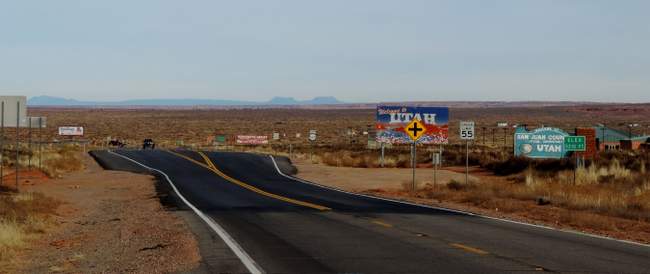
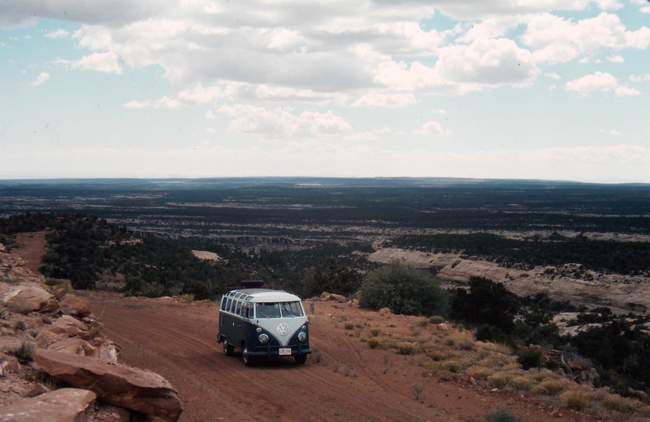
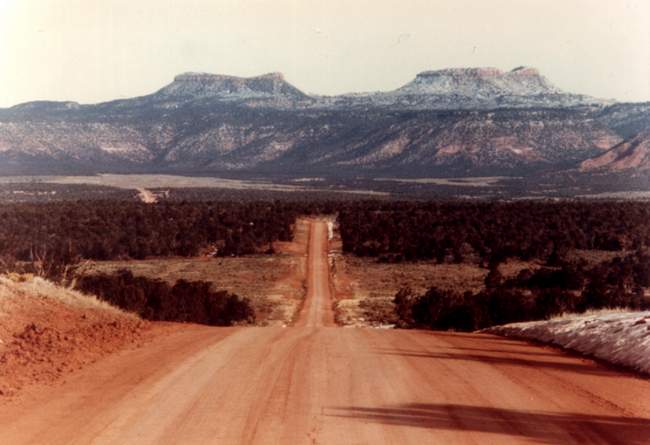

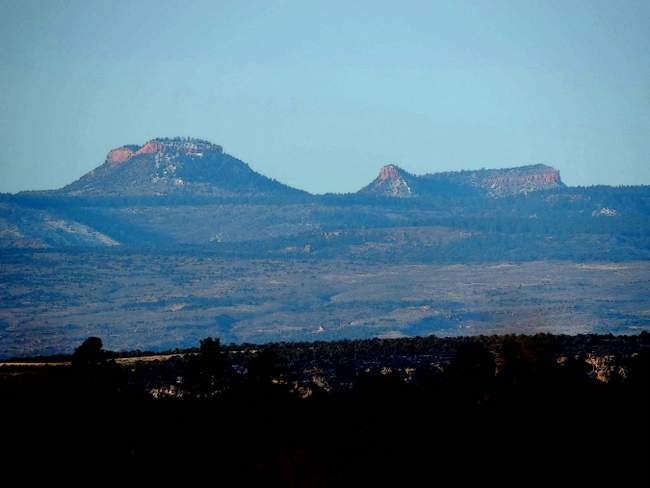
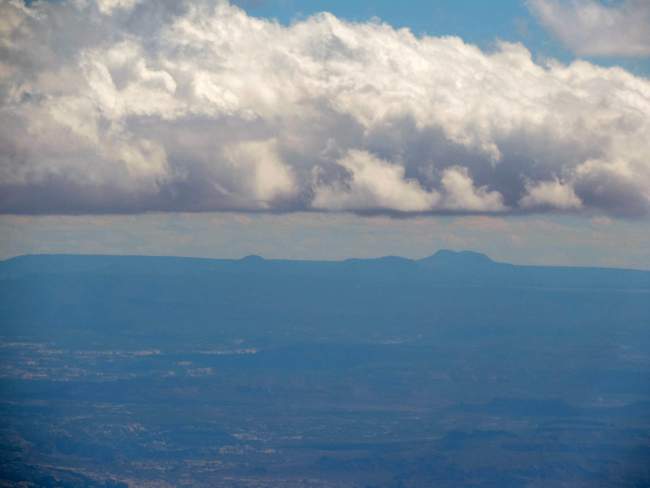
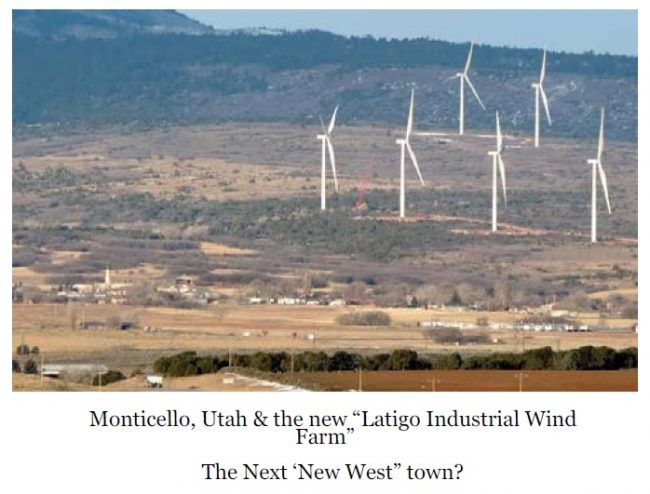
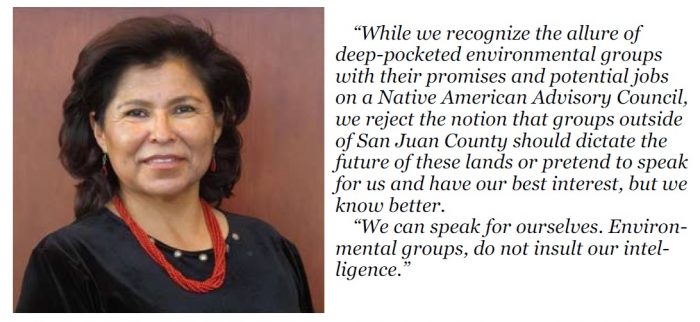

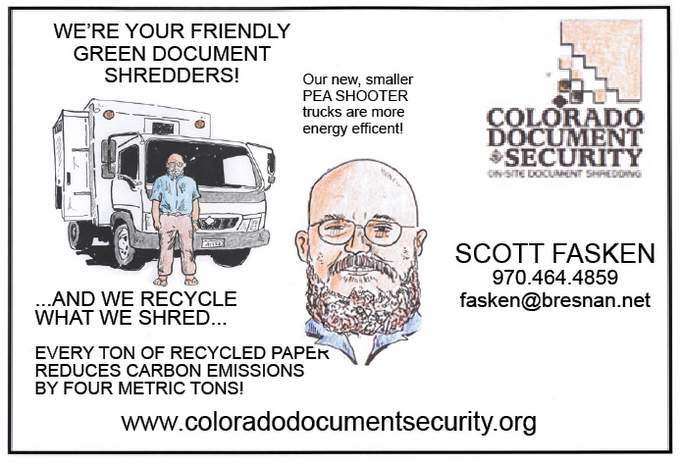

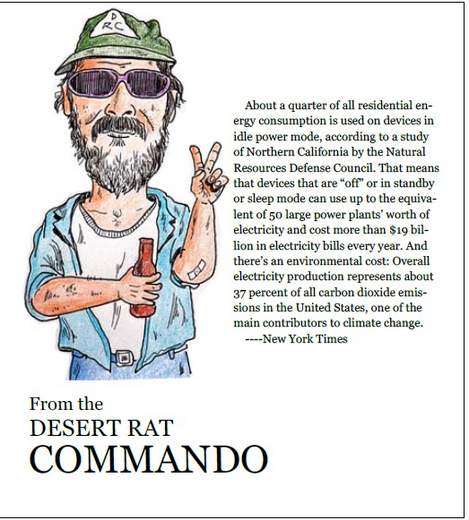


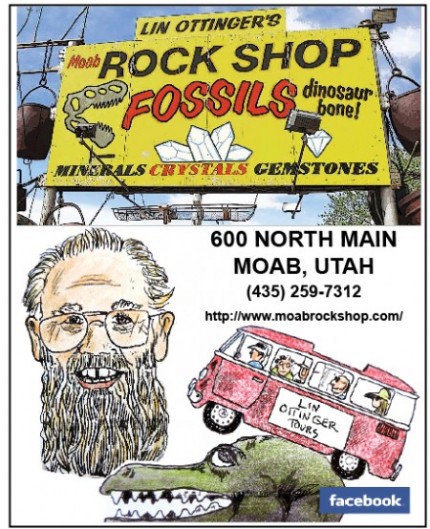
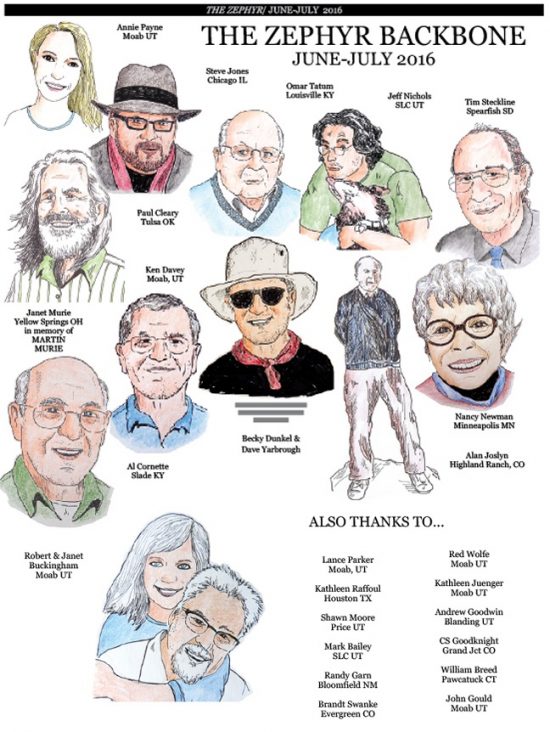
Jim, I appreciate your thinking. Here’s the issue I find with it: the momentum of change has long passed the point of no return. At this point, we have the choice of several futures, but not the choice to remain in place. Yes, it’s pragmatic. Yes, many of us (even newcomers like me) choose to live here because you can still find hidden places of solitude and wilderness, places untouched by the stress and development of everywhere else. Yes, it would be ideal if we could find a way to keep the Bears Ears quiet, untamed, unpopulated save for the occasional rancher or writer…
But the reality is, the cat is out of the bag, and a national monument might be the only way to keep the area in even SORT OF its natural state as we move forward.
Let me make a comment in defense of the recre-capitalists. In protecting her business interests, Ashley Korenblat is also doing her part to keep areas open to mixed-use recreation, ensuring it won’t fall into the hands of extractionists. Because of her business success, she is in a better position than most to argue the value of keeping lands in our region open to the public, and closed to future development. Indeed, the scale of the tourism industry is its own beast, and I think most of us agree that it also can be destructive. And you raise excellent questions regarding the management and development of the Bears Ears that would accompany its designation. But I would rather place my bet with capitalists representing the tourism industry than capitalists representing the extraction industry.
I hope San Juan County doesn’t become the next Grand County. It seems like the local culture might be enough to keep that from happening, but I haven’t been around long enough to say that with any confidence. It’s good that your voice is part of the conversation. I fully agree with your sentiment and largely with your argument. But the other side scares me, and we must keep them from having their way or we most surely will see a destructive future, here and elsewhere.
(End note: Wouldn’t it be nice if we could convince the President to just deed the land back to the local tribes. Let them do what they want with it, but get it out of the hands of us stupid yankees.)
Occasionally you even make me cry Jim. Thank you.
Well said, Mr. Stiles. I would also add that the Federal government isn’t promising jobs to anyone. This is a Native American proposal promising Native Americans jobs but with absolutely no foundation on which to base that promise. In other words, the whole Bear’s Ears NM idea is predicated on a “designate it and the money will flow” dream. In fact, the exact opposite has been repeatedly shown to be true: Congress has not provided any of the National Monuments established by recent Presidential proclamation with anything even remotely resembling adequate operating funds. As a single example, Canyons of the Ancients National Monument, established by President Clinton in 2000, doesn’t have a single permanent full-time employee. Not one. But oil and gas development and grazing continue their as it always has is a “multiple use” monument. As such, Monument designation has had an effect that is quite the opposite of what most environmental groups envisioned when they offered their support, namely, providing environmentalists with a false sense of security that the lands have been preserved while leaving them subject to development under a multiple-use mandate. I strongly urge anyone considering supporting the Bear’s Ears NM proposal to fully investigate the recent history of national monument designations. Anyhow, just my two cents.
I guess the idea expressed above regarding “deeding the land back to the tribes” concerns me. I don’t live in Utah
but isn’t the Navajo nation pushing for a tram to the bottom of the Grand Canyon? Also, once while touring Upper Antelope Canyon I was appalled at how the native guides dumped groups on top of each other and the guides from competing groups were yelling at each other. I remember thinking at the time, “Wow, I wish the NPS was managing this place!”
I have to go with Orville on this–I have no more confidence in the Navajo Nation than I do in the United States of America. People are people, regardless of their ethnicity, traditions and beliefs. Once upon a time, National Monument designation would have been a wonderful protection for a wild place, but in the current political and geographic climate, it’s just free advertising for a bunch of entrepreneurs who will attempt to fill the place with tourists. “Re-creation” is a misnomer–it’s more like “Un-creation” these days.
I appreciate this article for addressing some of the complexity of the issue of designating National Monuments. I also really like that the comments are respectful and thoughtful. One concern I have though is, while there are legitimate questions regarding this designation and maintaining native rights to access and resources, and reasonable suspicion regarding the recreation industry, what does everyone think will happen to this area left unprotected? My guess it will be overrun with fracking operations and will be significantly degraded with absolutely no protections and auctioned off at a low value.
Although I am but a frequent visitor, I come to this area purely for the wilderness values. I want solitude and the opportunity to hear the wind through the trees and brush, feel the sun, and watch the wild life. I am awed every time I encounter traces of the original inhabitants of the area. They thrived here and we could learn much from their experience. However as a nation we ignore these values. Time is short and the opportunities to save what we can of the minimally impacted North American continent quickly slipping away. I suggest we do something now, even if it’s not perfect, and keep working to improve it. Just because an area has a designation, be it a National Monument, Wilderness or National Park we must always remain vigilant and work for continued and enhanced preservation.
Bravo, Jim Stiles! This can’t be said often enough:
“I can’t recall the last time I heard an enviro group speak of the solitude and the silence of wilderness as an intangible asset, without also mentioning the real money that can be made from exploiting these precious places.”
A monument designation will bring attention to this special and sacred place and in time, the management plan will change to ” protect it.”. Keep it as it is. Goodbye old friend.
“No one within 50 miles of the Bears Ears Region would support the Monument” Rob Bishop was heard to say months ago. And so with the ubiquitous human opinions, values and interests announced on this (or any past Monument in last Century) one can only wonder if this will or will not come to fruition – and either way, what lies ahead for the future? We humans impart our separate values and visions on landscapes and included within that is bias, prejudice, experience and perception of the land as something to “use” or something to preserve and protect (or more validly multiple use in some quadrants and degrees of use and preservation in others). Having heavily visited Utah’s National Parks, BLM Regions and FS spots in the past 30 years, my vision has dramatically changed. National Parks and Monuments promote areas and initiate tremendous increased use in front country, but necessary not in backcountry and wilderness areas. I often ask myself, why not just pull humans from large quadrants and let the land breathe, except that invasive species and various introduced animals (can) create major dysfunction with ecosystems and at times eradication by humans can assist the land. If Bears Ears came to fruition, there would be more “promotion” of the front/middle country in some areas, but hopefully cultural resources, wide sectors of land and the broad ecosystem, would garner greater protection, for a long term. And all of the supposed economic development in the region, touted by Hatch and Herbert (who oppose the Monument) would just be “talk” and nothing come of it – hopefully. The “same” was said decades ago when Canyonlands and Arches came about. And the partnership with the native Americans – that would need to be flexible and adaptable – with the BLM/Interior having the management directive (in my view). The saddest tale of all of this is that so few in Utah have a connection to nature or wild lands – it’s not relevant or compelling to them – they don’t ponder the solace of the quiet desert night sky or the open panoramic wonder of the country. And those of us connected to these contours, are jaded enough to know that wonder, solitude and quiet are no longer givens in some areas. Still I heavily lean toward placing it in Monument status, recognizing the “partial ache” that may follow but also sense that the “drama” would be much less than a state or county managed quadrant where RZR’s, ATV’s pot hunters, gun shooters, debris, noise would tear up the land into a semi-industrial park. And then of course, the mantra, let the locals make the call re the land use? Jim, you have a long conflicted view on this, but I imagine if we checked your “pulse” (up or down) you’d sway/lean toward the Monument designation? Or maybe it’s too late, just like “draining Glen Canyon, creating National Monuments – maybe it should have been done 60-70 years ago, and today, it’s just too late? I’ll let you and others decide for themselves. Myself though, I’ve simply spent too much time in this country and seen it too scarred and soiled for my senses – brazen use of that which is sacred. It needs to slow down, quiet (stall if possible -from human intrusion) and breathe free, the land and sky!
A lot of folks are for the monument just as a knee-jerk reaction to anything the San Juan comishes don’t want – must be good if they’re against it (cue Cal Black’s voice yelling from the grave “No Monument” – – but strangely enough, I can almost hear Cactus Ed’s voice yelling the same thing).
I spent a lot of time in that area camping and hiking back in the 80s when it was still pretty isolated. I’m a very non-superstitious science-based person, and yet I had a few weird experiences that reminded me that others had been there long before I was. Also had an encounter with a mountain lion where the lion went away shaking its head at the stupidity of humans.
Vaughn Hadenfield should have stayed in Glenwood Springs, Colorado where he helped found Summit Canyon Mountaineering if he wanted to make the bucks. For cryin’ out loud – Bluff? Fallen arches from leading too many hikes over sandstone wearing sandals? And Ashley Korenblat is one of the rudest people I’ve ever met – my first meeting with her was one I’ll never forget – remind me to tell you about it sometime.
But I digress. It’s all like a creeping plague – first Moab, now it’s creeping out in all directions like the Blob – this tourism economy based on nothing but the bucks. Who gives a damn about the flora and fauna? Solitude? Shoot, go to the Yukon if you’re that weird about wanting peace and quiet – only 30,000 people in the whole province. Even little desolate Green River is suffering from the plague – the motels, state park, and campgrounds there are full most of the time in the high season from the Moab overflow. And the natives (both indigenous and old-timers) around Monticello and Blanding are smart to see that they won’t benefit but will instead be the victims of it, just like everywhere else
Greed – second verse, same as the first.
I too have reservations. After reading the draft management plan I am even more concerned. Once upon a time I worked for the Forest Service on the Moab and Monticello Districts. The Monticello District is one of the most amazing and special places I have been. I’m afraid it can’t handle NM designation. It’s the “designate it and they will come” problem. I have heard the argument that designation as a NM will increase protection for the phenomenal cultural resources, but there may be no way to manage the hordes that could descend on this fragile place.
Good insights, Jim, warning of us what might happen down the road. Certainly we don’t want to become another Moab, though we like lots of the people there! The dominate local opinion in San Juan County, (but not that of the Native hand-picked primarily out-of-State) Coalition is don’t fix what’s not broken. Native people were promised that everything they do now, will stay in place: camping, ceremonies at the Bears Ears, hunting, wood gathering, grazing, etc. Even the fancy-shmancy color brochures, and web sites, paid for by environmental groups, can’t guarantee what will happen in 5 years or 10 years, to those promises when administrations change. SW tribes have historically been promised too much and come out the loser. I’m pushing for a balanced PLI with lots input from those affected by the decision.
I live here in White Mesa, south of Blanding. I can tell you what started this whole thing. White people robbing and stealing Native American graves, and any kind of objects they could get their hands on to make a buck. The same ones that don’t want any protection, are the ones that feel they own this land, and they do what they want to to it. The Mormons here are Racist, Hateful Disrespectful people, and feel that they should get away with anything that they desire. They don’t hire Ute people for jobs, they don’t want Ute people to do good economically, and they have a Long History of Hatred twords anyone who is not their relative blood wise. They Hate the Federal Government, and that is why the Polygamist Families from Blanding Utah Migrated down here in the first place. Be a use Polygomy was Outlawed in Salt lake. So the Polygamists moved south to look for a place that they could continue their practice in private. Now their All Inbred, and they Run this whole area, and the Navajos are with them. They do not care about anything Sacred at All. All they do Care for is that They Make Money for Themselves, and that’s all that matters. So, if a Monument is designated , it would be a HUGE BLOW TO THE MORMON POLITICAL AND FINANCIAL REIGN HERE IN SAN JUAN COUNTY. That is why they oppose this Monument. Its because they can’t Use and Abuse it for themselves. This is the Truth, that No one is Stating.
I hesitate to contribute to the comments because I’m an outsider, a frequent visitor driving on Utah roads with out-of-state plates who might draw derision from locals. Yet I feel compelled to write because your article (and another I read by you in this publication) has helped me see the nuanced pros and cons of the recent NM designation of Bears Ears. Had I experienced the Four Corners region in the 70s, as you did, my life might well have taken a different path. Instead, I was 40-something when the landscape first worked its magic on me fifteen years ago and too ensconced in my choices to drop everything and move. But like your first visit, that trip in 2001 changed my life.
Between visits, maps help me mentally connect regions and see the landscape as a whole (or debase it to two dimensions, you may well say). I study individual features I’ve seen first hand, trying to relive the sun at a certain angle, the sound of wind or none, and the feel of distant sky and unrelenting rock under foot. I read historical accounts that tell of human hardships and pour over photography books that document wonders. I may be guilty of “collecting” the place in an abstract way, something I find sort of reprehensible as I write it, yet the fascination is palpable, and fully engrained. My husband lived in Utah for 27 years before we married, so through him I’ve had reason to see and love a lot of the state, but nowhere tugs at me the way rock country does.
I understand why this place gets under your skin and how history would give one pause when a federal proclamation is issued. Furthermore, I’m left in the peculiar and uncomfortable position of a “newcomer” who adds to the traffic yet craves protection against over-loving the landscape. Now that national status involves the entire country (and let’s face it, there was a fair amount of national involvement already) how do we respect the concerns of Native Americans and locals while acknowledging the land’s broad appeal? Can we protect against an onslaught of visitors, yet allow enough access to engender reverence? Reverence arises through deep, personal, often solitary encounters. Cooperation arises through listening to others and developing empathy. Do the two have to be mutually exclusive? My hope, of course, is that the area we now call Bears Ears remains wild. And that enough individuals continue to care enough and listen enough to keep it so.
I’m a visitor and I know I’m part of the problem. I didn’t commit to this barren landscape the way you have, even though my heart told me to. On that point alone I have no legitimate reason to weigh in. I offer, though, that there are countless people who’ve been affected by the place you live who understand your questions, and who sympathize. May we all keep asking what is the best stewardship of this sacred land, because one broad stroke of government will never relieve us of that duty.
Whew, that was flowery. I do get worked up. In a nutshell, I think enough funding should flow to control overcrowding and destruction. But that’s probably a pipe dream given the political climate. I’m hopeful/depressed…